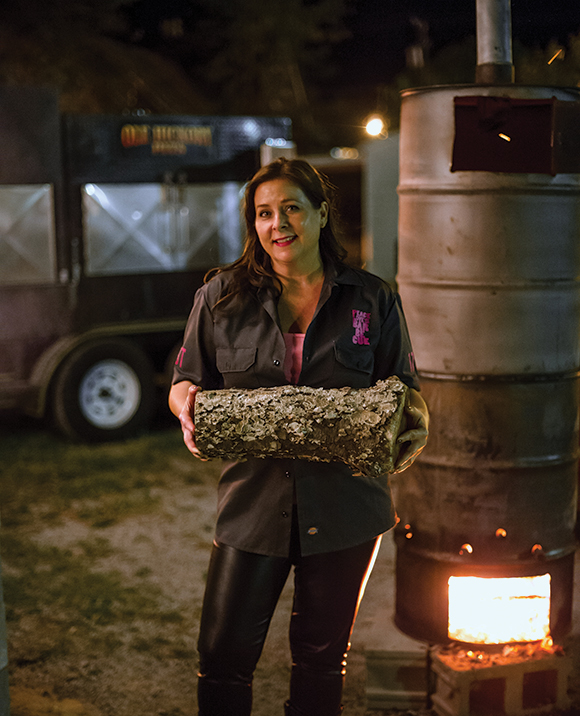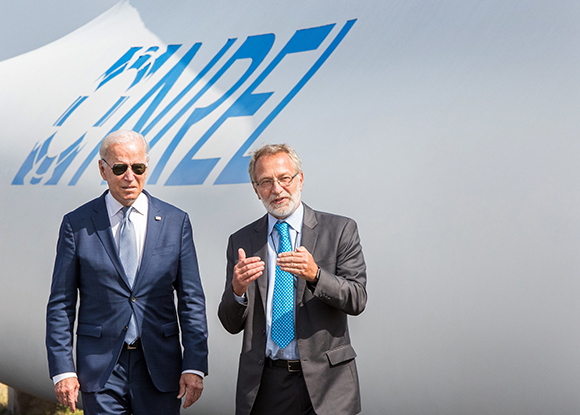|
  
|
FROM SITE SELECTION
MAGAZINE, SEPTEMBER 2021 ISSUE
|
 |
TRANSIT, CONNECTIVITY & QUALITY OF LIFE
Learn how a 2,000-acre knowledge district called Rowen is taking shape
in rural eastern Gwinnett County outside of Atlanta.
|
|
|
|
 |
SOUTHEAST U.S.
We asked site consultants where and why they’ve located themselves
across the southeastern U.S.
|
|
  |
Spain
Microsoft on September 13 announced it has chosen Spain as the base of
operations for its new R&D hub specialized in the application of
artificial intelligence technologies to improve user experience on the
web. The facility will be one of eight research centers worldwide and
part of Microsoft’s WebXT (Web Experiences Team) division, an
organization of more than 5,000 people. “After creating Search & AI hubs
in London, Munich and Paris, and having been able to learn first-hand
about the requirements, needs and, above all, opportunities for
attracting talent, I am convinced that implementing this hub in Spain
will add much value to Microsoft’s R&D footprint worldwide,” said Jordi
Ribas. corporate vice president of Microsoft Corporation in the United
States. Phase one includes the recruitment of 30 software engineers and
data scientists specialized in advanced areas of software engineering
including AI, machine learning and deep learning. The hub may exceed 100
employees in coming years. “Around this hub we want to generate a vector
of innovation in artificial intelligence in collaboration with
universities, research centers and technology companies,” said Alberto
Granados, GM at Microsoft Spain, “reinforcing our efforts to boost
digital talent in Spain and training in machine learning technologies.”
Maryland
The Maryland Board of Public Works in mid-September approved two
contracts for the construction and operation of a Southwest Airlines
maintenance facility at Baltimore/Washington International Thurgood
Marshall Airport (BWI). The 27-acre site, originally announced in 2018
but delayed due to the pandemic, will include a hangar to accommodate up
to three Boeing 737s and an apron to accommodate up to eight Southwest
Airlines jets, along with office and workshop space. The $135 million
facility cost includes an investment of approximately $90 million from
the airline. The new facility will be the first in the northeastern U.S.
for Southwest, which began serving BWI 28 years ago, serves about 70% of
passenger traffic and employs more than 4,000 at BWI.
|
|
  |
|
ILLINOIS INVESTMENT
GUIDE 2021/22
|

|
SMALL-BUSINESS FRIENDLY
SBDCs set multiple records helping entrepreneurs in 2020.
|
|
 |
LIFE SCIENCES
Illinois offers assets that attract companies in the life sciences.
|
|
 |
QUALITY OF LIFE
The state’s quality of life offers something for everyone.
|
|
|
SITE SELECTION
RECOMMENDS
|

|
President Joe Biden walks with Martin Keller, laboratory director of the
National Renewable Energy Laboratory, in the shadow of a mammoth wind
turbine blade during a visit to the NREL’s Flatirons Campus in Arvada,
Colorado, on September 14th. Photo by Werner
Slocum courtesy of NREL
|
|
|
According to three new reports released in August by the U.S. Department
of Energy (DOE), more wind energy was installed in 2020 than any other
energy source, accounting for 42% of new U.S. capacity. The U.S. wind
industry supports 116,800 jobs. The 2021 edition of the Land-Based Wind Market Report, prepared by the
U.S. Department of Energy’s Lawrence Berkeley National Laboratory,
detailed a record 16,836 megawatts (MW) of new utility-scale land-based
wind power capacity added in 2020 – representing $24.6 billion of
investment in new wind power projects. Among the report’s findings:
- Wind energy provided more than 10% of total in-state electricity
generation in 16 states. Most notably, wind power provided 57% of
Iowa’s in-state electricity generation, while wind provided more
than 30% of electricity in Kansas, Oklahoma, South Dakota, and North
Dakota.
- New utility-scale land-based wind turbines were installed in 25
states in 2020. Texas installed the most capacity with 4,137 MW.
Other leading states include Iowa, Oklahoma, Wyoming, Illinois, and
Missouri — all of which added more than 1,000 MW of capacity in
2020.
- Wind turbine prices have steeply declined from levels seen a decade
ago, from $1,800/kW in 2008 to $770–$850 per kilowatt (kW) now./li>
The 2021 edition of the Offshore Wind Market Report, prepared by DOE’s
National Renewable Energy Laboratory, found that the pipeline for U.S.
offshore wind energy projects grew to 35,324 MW, a 24% increase over the
previous year. The 2021 edition of the Distributed Wind Market Report, prepared by
DOE’s Pacific Northwest National Laboratory, noted that eleven states
added a total of 14.7 MW of capacity, 1,493 turbines, and $41 million
for new investment in distributed wind installations in 2020. To learn
more about DOE’s wind energy research, visit the Wind Energy Technologies Office homepage.
|
|

|
Photograph by Christophe Licoppe courtesy
of EC Audiovisual Service, copyright European Union, 2021
|
|
This photo of a microchip accompanied the announcement by European
Commission President Ursula von der Leyen of a European Chips Act in her State of the
European Union address on September 15th. “While global demand has
exploded, Europe’s share across the entire value chain, from design to
manufacturing capacity has shrunk,” she said. “We depend on
state-of-the-art chips manufactured in Asia. So this is not just a
matter of our competitiveness. This is also a matter of tech
sovereignty. So let’s put all of our focus on it.”
|
|
|
|

